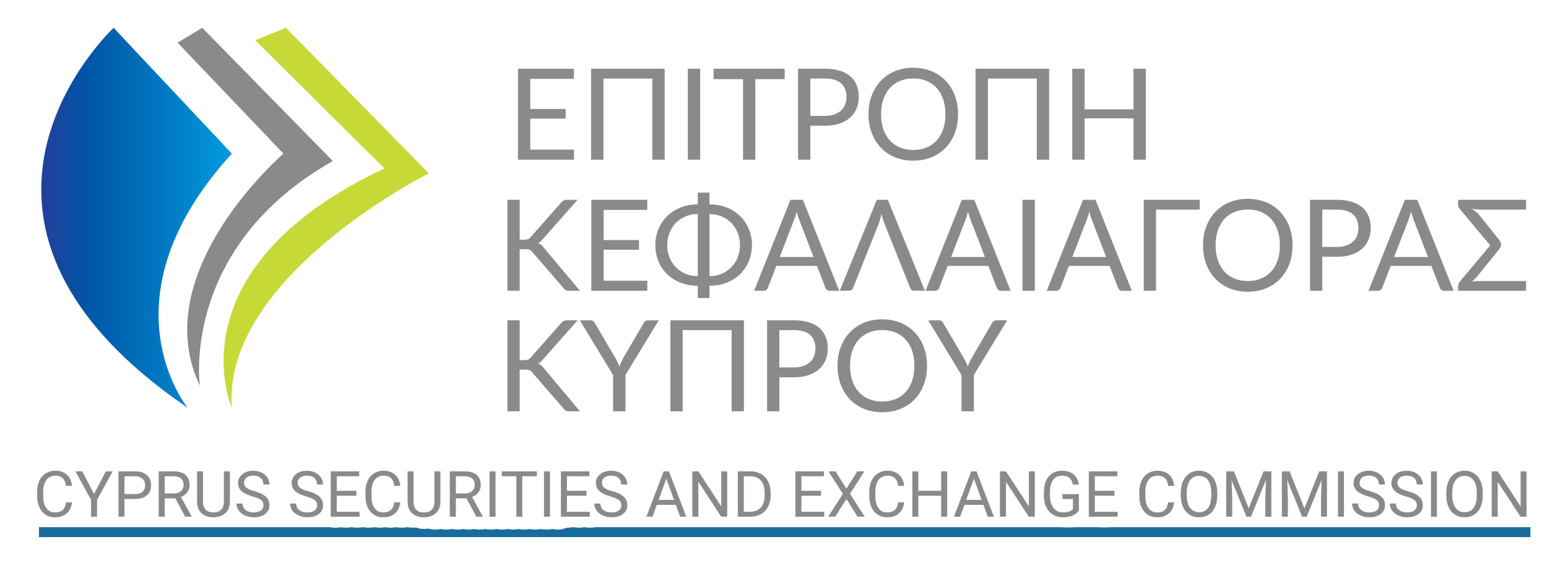
Over the past ten years, peer to peer lending have become a popular investment. Most investors consider it as an alternative to fixed income investments such as bonds and money market accounts. One important question is how P2P lending compares to fixed income investments in terms of risk. Therefore, we will take a look at investment returns from Lending Club to see what kind of variability exists in an effort to evaluate the risk. Based on this analysis, we hope to give investors guideline in building lending club strategies in developing their own portfolios.
For this analysis, we have determined rates of returns for four different types of portfolios: Low Risk (75% Grade A loans, 25% Grade B loans), Moderate Risk (30% Grade A Loans, 40% Grade B loans, 30% Grade C loans) and High Risk (30% Grade C loans, 40% Grade D loans, 30% Grade E loans). Grades F and G were not considered as they are no longer offered by Lending Club, and they are considered too risky by even many ‘adventurous’ investors. Also, 2007 was excluded as loan volume was minimal and Lending Club was not in operation for the full year.
Return Ranges and Averages
Average returns by grade for the entire period 2008 through 2018 are: Grade A 4.82%, Grade B 5.93%, Grade C 6.46%, Grade D 6.21%, Grade E 6.54%. There is a fairly narrow range across all of the grades which may lead investors towards higher grades, and potentially lower risk. Looking at the returns for our model portfolios outlined above, we see: Low Risk 5.10%, Moderate Risk 5.76%, High Risk 6.22%. As with the averages by grade, this is not surprisingly a narrow range and reinforces the case of higher grade loans.
In terms of ranges, just to get the complete picture, the values are: Grade A 4.15% to 5.55%, Grade B 3.85% to 7.58%, Grade C 3.45% to 8.96%, Grade D 0.03% to 9.04%, Grade E 2.58% to 10.22%. The model portfolio return ranges are: Low Risk 4.32% to 6.06%, Moderate Risk 4.13% to 7.39%, High Risk 2.54% to 8.57% We will explore and clarify the meaning of these ranges by looking at variance.
Variance
To truly analyze the risk we need to look at the variance in rates of return. Variance by grade for the period 2008 through 2018 is: Grade A 0.0022%, Grade B 0.0122%, Grade C 0.0265%, Grade D 0.0759%, Grade E 0.0785%. We see relatively low variance for grades A through C, with a significant increase for grade D which is very close to grade E. Variance for our model portfolios is: Low Risk 0.0024, Moderate Risk 0.0093, High Risk 0.0317. In these figures we see a significant increase in variance as we look across the portfolios in order of presumed risk based on grade.
Loan Grade and Portfolio Risk and Return Summary
The corresponding return and variance figures by grade are: Grade A 4.82% / 0.0022%, Grade B 5.93% / 0.0122%, Grade C 6.46% / 0.0265%, Grade D 6.21% / 0.0759%, Grade E 6.54% / 0.0785%. The figures for our model portfolios are: Low Risk 5.10% / 0.0024, Moderate Risk 5.76% / 0.0093, High Risk 6.22% / 0.0317. Although returns do increase, in general, as risk increases, the relative increase in risk is considerable through the various portfolios.
Conclusion
This study is not intended to be exhaustive or highly technical. The findings clearly show that a significant amount of risk is added with little or no increase in return, depending on the whether the assessment is based on model portfolios or strictly loan grade. In any event the findings are clear enough that a more extensive analysis is not necessary to conclude that, for the average investor with limited loan selecting skills, more conservative p2p investing strategies are likely the best option, with grade C loans having the best apparent risk/reward combination for those investors willing to accept a moderate amount of risk.





![Binance Review: How the Crypto Exchange Works [2024]](https://www.feedroll.com/wp-content/uploads/2024/03/binance-trading-100x100.png)



